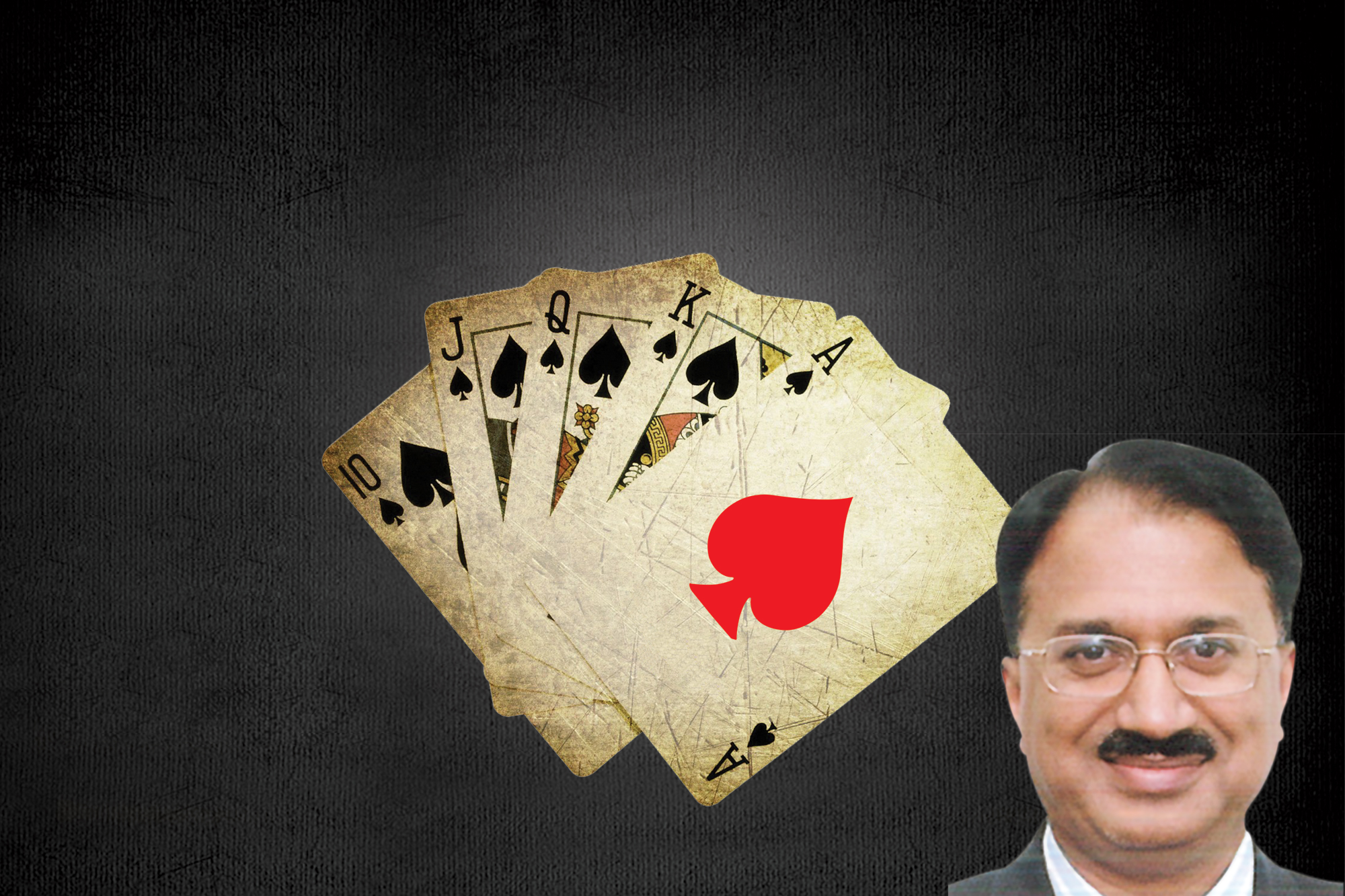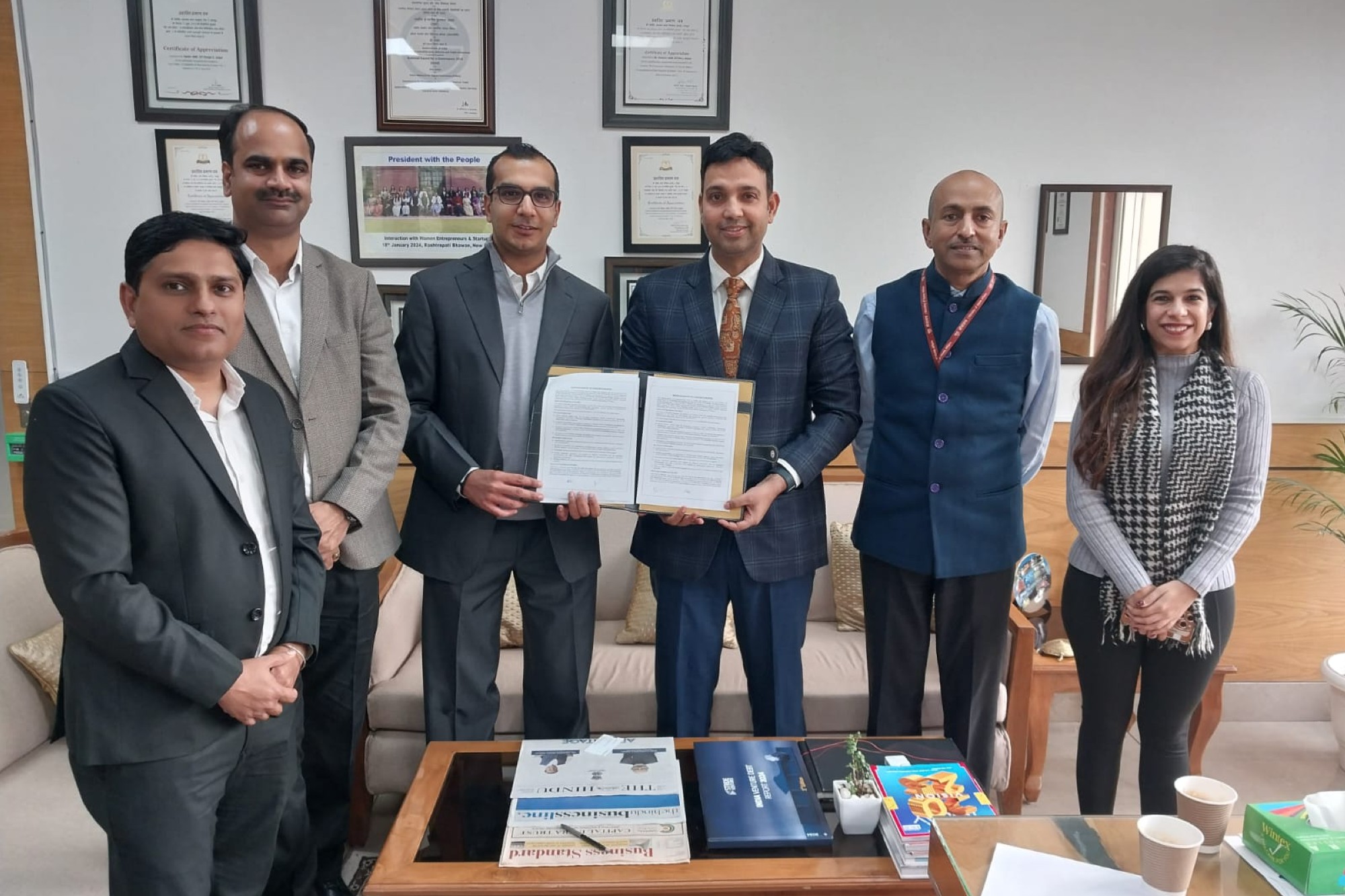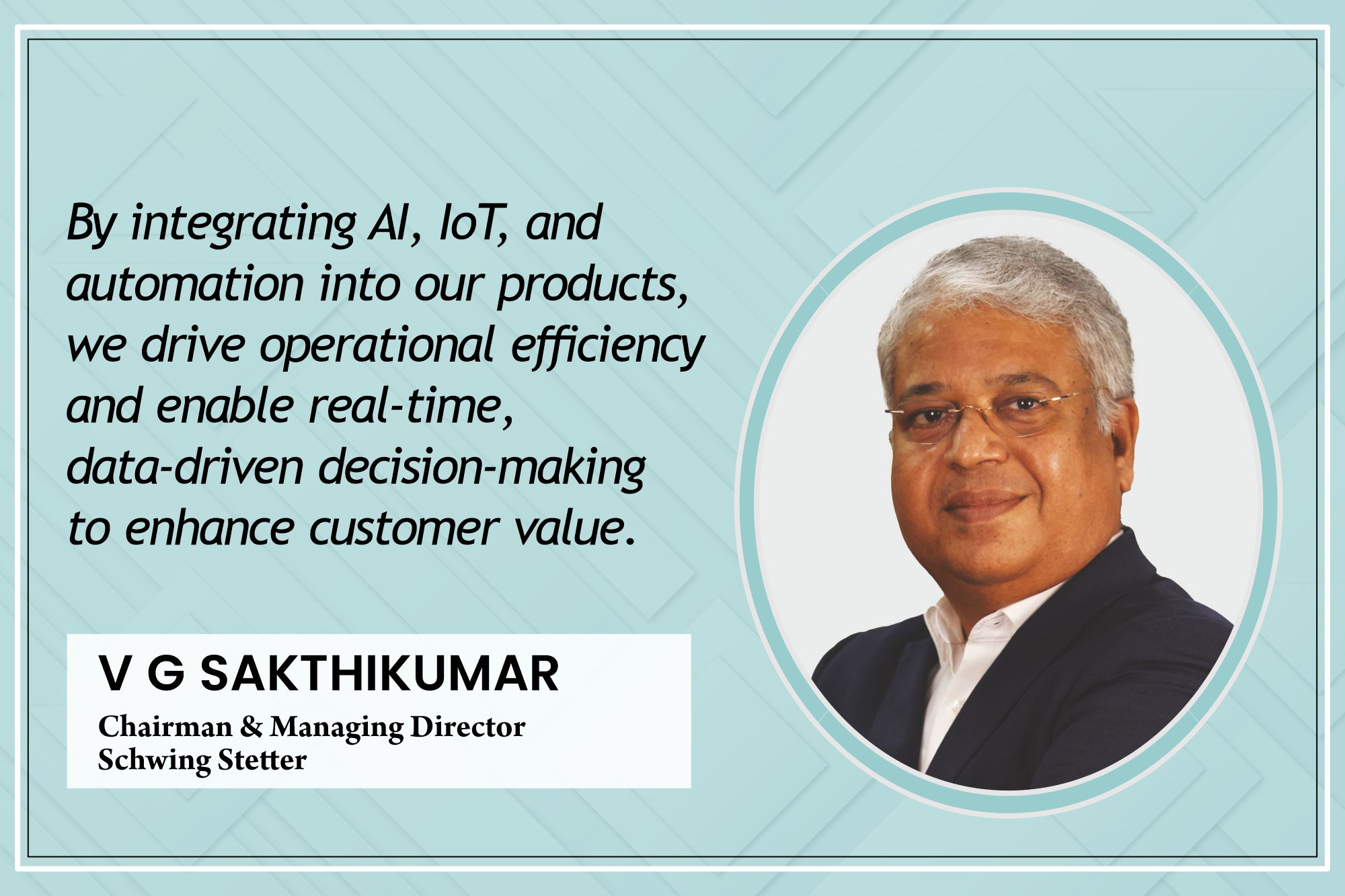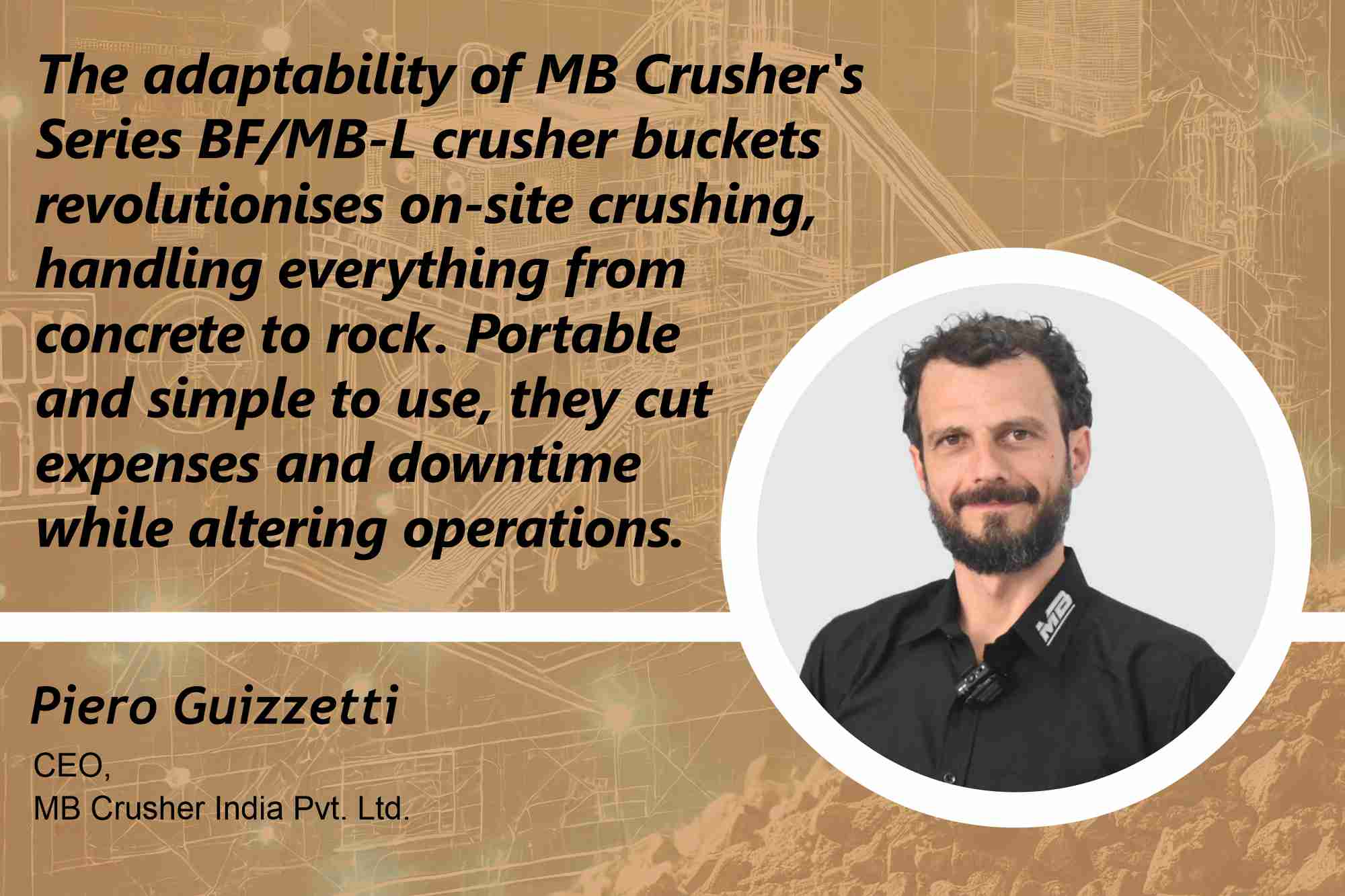Low supplier visibility becoming a danger
By Edit Team | November 12, 2014 6:49 am SHARE

L&T is a technology, engineering, construction and manufacturing company. It is one of the largest and most respected companies in India’s private sector. Satish Palekar gives an overview of the project procurement status and L&T’s logistic supply chain.
Todays’ challenges
The challenges the procurement community faces are three fold:
• How to meet the budgeted spend requirements
• How to be better than the market
• How to be better than competition
Cost overruns (vs. ability to hold costs even with rising cost of raw material and energy costs), delays, schedule mismatch in procurement and construction planning, unclear titles or ROW, technology selection, compliance, forex variations, logistical issues, unavailability of financing are the basic challenges that affect the procurement. If one has to detail out the same, we can categorise in the following aspects:
• Bidding phase challenges: By default, the projects are under competitive bidding (L1). Clients are getting increasingly educated which leads to higher expectation on many areas such as health, safety environment (HSE) and associated costs. Usually these specifications are upgraded but cost estimates are not.
Increasing dilution can be observed in differentiation between A category and C category contractors, even for complex projects. Many of the smaller players do not foresee risks and end up quoting low, bag contracts and many ultimately end up defaulting. Nevertheless Cat A companies lose the projects. Consequently this leads to a vicious cycle of cost cutting. Invariably this has a cascading impact – dependence on less than quality sub suppliers (who also get qualified) and the resultant impact on the performance be it cost / delivery / quality.
Delay in project finalisation – for a given end date, leads to squeeze on available time to ordering. Procurement being the major costs area usually suffers in the budgets and end up with fewer options to choose.
• Execution challenges: In large infrastructure projects, procurement is heavily dependent on the predecessors, viz. engineering of the project. Engineering in turn is dependent heavily on client inputs and the document approval cycle. Where there is a mismatch in appreciation of clients’ expectation, the turnaround times for the approval increase and delivery squeeze on procurement is faced.
Approved vendor lists, which are normally not updated, limit buying power. Procurement strategies need to be constantly varied – they have a short shelf life. With increasing commoditisation (which is forced by reducing differentiation) have low shelf life. Reduced deliveries bring in compulsory concurrent EPC – the ordering therefore can be extremely risk prone as ordering without due diligence leads to surplus quantity risks.
Many companies that offer complex products have consolidated with M&As. Managing these relationships is a challenge itself. Many times execution is at multiple locations leading to complex interfaces and time delays. Claims and disputes management is another risk. Putting appropriate gates and processes is intrinsic to successful procurement.
Potential sourcing areas
“With lot of development happening in East Europe and South East Asia, our focus is on relatively lower cost countries including Malaysia, Korea and China,” says Mr Palekar. “Steel is from Korea and value addition such as rolling is from Korea/Malaysia/India. Indian mills are also getting more competitive.”
There are number of FTAs that India has with many of these nations, which help source better.
Present logistics
Logistics embodies the six entities: roads, rail, ports, airports, telecommunication and electricity. The logistics network is in favour of roads thanks to the steep costs of rail freight. While the last mile connectivity is an issue, despite the increase in rural connectivity by state highways the quality of roads leave much to be desired. Congestion at several spots reduces the speed. Thanks to the GST not being operational we have myriad octroi nakas and series of local taxes.
Ports are congested as compared to Singapore and inadequate for the growth potential it sees. Several large items are best shipped by barges. However, lack of a ring of ports and with only a few tugs and dumb barges that they haul, India is extensively dependent on Singapore and Middle East.
“The license raj is still not out as stated earlier and with excise and customs operating without significant synergies there has been even contradicting documentation issues,” adds Mr Palekar.
PPP is a credible solution to this malady. However, it is mired with controversy – thanks more to the policy paralysis and government not wanting to let go its rights and revenues. Power has always been a mirage – our consumption and growth appetite years for more but very projects see a financial closure. Stores / warehouses for convenient stocking is another entity. In our type of industry, we have these primarily at the point of usage. Intermediate warehouses are primarily for holding the machinery in transit till use.
L&T logistics supply chain
“For L&T, logistics supply chain is very effective. We have our own yards. We have tied up with major trusted logistics providers and networks,” informs Mr Palekar.
For L&T, majority of its manufacturing facilities are on the coastal areas. They are designed for load out on barges. For input it has to utilise the main ports such as Mumbai, Katupalli etc.
For road transport, it is strongly tied up with long-term agreements with a good logistics and network management. Its suppliers are geographically diverse with multi-locational sources. It allows the company alternates for longer duration projects – albeit with time impact in the event of a local disruption. Hence its technical bid analysis is with more than one vendor.
“Supplier (in)visibility and similarly for logistics providers from remote areas involving transhipments is a risk as the visibility is low,” alerts Mr Palekar. “Visibility of logistics status (track and trace) is deemed vital to performance. SAP is also connected to a logistics tracking module wherein PO wise tracking of material movement is achieved.”
e-Procurement technology
“We are onto ARIBA selectively,” informs Mr Palekar. “Logistics and several items such as piping/flanges/fittings are commoditised post technical bid analysis and after a first set of cost calibration are turned onto ARIBA for final close out.”
To ensure fairness and neutrality, it is ensuring that the same is conducted by an independent team with an external observer.
The performance is seen against transfer price and last best price from three years and cost trends against the commodity price movements. Costs are managed by utilising the Producers Price Index and developing one’s own Supplier Price Index. It is vital to seek out cartelisation and such metrics assist the company to assess the same. ARIBA is also useful for supplier and best cost discovery.
Spend management
“Given the multi-locational organisation such as ours, software is non-negotiable to us,” says Mr Palekar. “As an organisation we are wedded to SAP for our transaction management. This covers the materials management module as well as the finance module. Since we are project based company, we had to actually customise SAP to our needs.”
Ineffective cost management and lack of financial transparency would lead to poor project performance. L&T has automated cost capture, invoicing and pay-outs, capturing costs against a micro cost breakdown structure, capturing the LOI costs (even non-budgeted project expenditure), but reconciling the budgets on a monthly basis in SAP to capture the commitment, variance analysis and category wise spends.
“We always have governance by segregating the purchase requisition and stores receipt by others. However the supplier payments are only after the gates are closed by our yard / stores,” adds Mr Palekar.
Moreover, inventory management is actively pursued in the company. Material is mapped against engineering drawing and drawn as needed. This gives an adequate handle on the WIP and hence contingency management. Engineering software such as PDMS is therefore linked with inventory that is monitored in SAP.
Cookie Consent
We use cookies to personalize your experience. By continuing to visit this website you agree to our Terms & Conditions, Privacy Policy and Cookie Policy.
























































